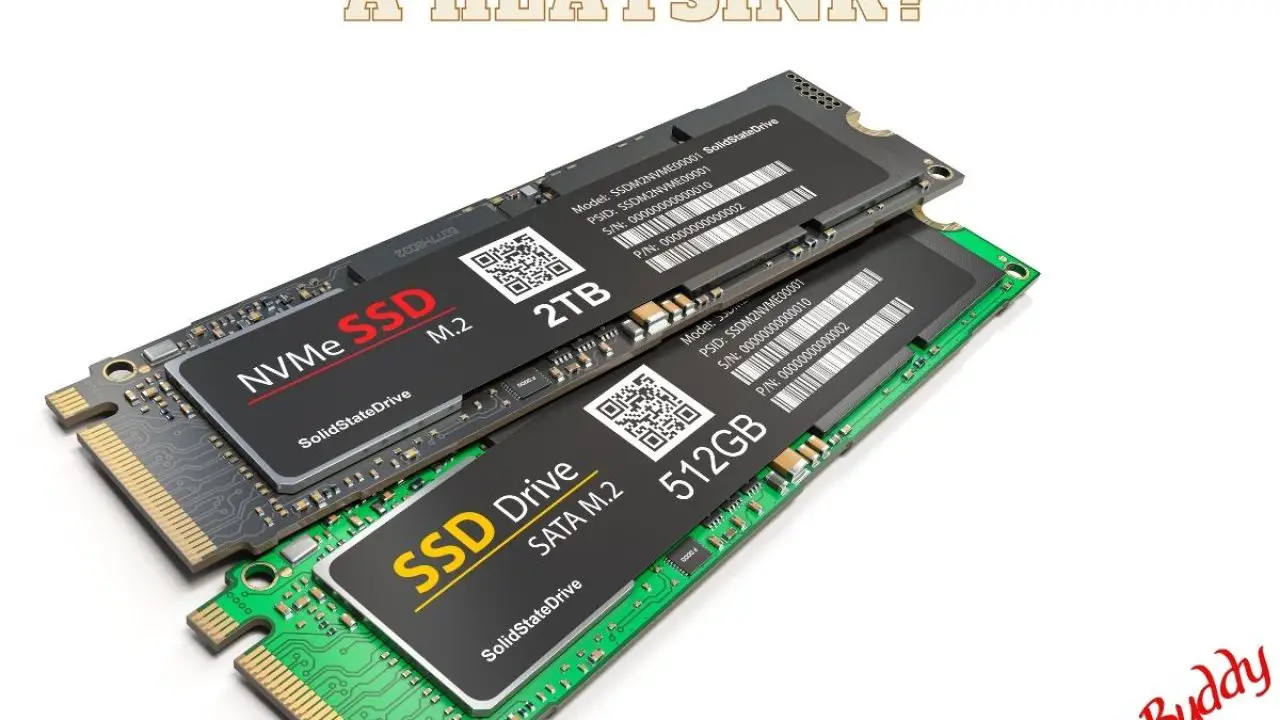As artificial intelligence and machine learning continue to advance, the need for faster and more efficient computing technologies becomes increasingly important. Solid-state drives (SSDs) are a critical component in these emerging technologies, offering faster data access speeds, higher performance, and greater reliability than traditional hard disk drives (HDDs). In this article, we’ll explore the role of SSDs in AI and machine learning, and why they are a critical component in these emerging technologies.
Introduction to SSDs
Before we dive into the specifics of SSDs in AI and machine learning, let’s take a moment to define what SSDs are and how they work. A solid-state drive is a data storage device that uses NAND-based flash memory to store and retrieve data. Unlike traditional HDDs, which use spinning disks to read and write data, SSDs have no moving parts and rely on electronic signals to access stored data. This results in faster read and write speeds, lower power consumption, and greater durability compared to traditional HDDs.
The Need for Speed in AI and Machine Learning
One of the primary reasons why SSDs are critical in AI and machine learning is speed. These technologies require the processing of large amounts of data in real-time, and traditional HDDs simply can’t keep up. SSDs offer significantly faster data access speeds, allowing for quicker processing of large data sets and faster analysis of data.
Enhanced Performance and Reliability
In addition to speed, SSDs also offer enhanced performance and reliability over traditional HDDs. Since there are no moving parts in SSDs, there is less chance of mechanical failure or data loss due to physical damage. SSDs also have a longer lifespan than traditional HDDs, which can help to reduce the overall cost of ownership in AI and machine learning applications.
Improving the Accuracy of AI and Machine Learning Models
Another key benefit of SSDs in AI and machine learning is the ability to improve the accuracy of machine learning models. Since SSDs offer faster data access speeds, AI and machine learning algorithms can process data more quickly, resulting in more accurate and timely insights. This can be especially critical in applications such as real-time speech recognition or image recognition, where the speed and accuracy of the algorithms are critical.
The Future of SSDs in AI and Machine Learning
As AI and machine learning continue to evolve, it’s clear that SSDs will play an increasingly important role in these emerging technologies. The continued development of faster and more efficient SSDs will help to drive the performance and accuracy of AI and machine learning algorithms, enabling more sophisticated and advanced applications.
Conclusion
In conclusion, SSDs are a critical component in AI and machine learning applications. Their faster data access speeds, enhanced performance and reliability, and ability to improve the accuracy of machine learning models make them a key technology for these emerging fields. As the demand for more advanced and sophisticated AI and machine learning applications continues to grow, it’s clear that SSDs will play an increasingly important role in driving these technologies forward.
FAQs
- What is a solid-state drive (SSD)?
A solid-state drive is a data storage device that uses NAND-based flash memory to store and retrieve data.
- How do SSDs compare to traditional hard disk drives (HDDs)?
SSDs offer faster data access speeds, higher performance, and greater reliability compared to traditional HDDs.
- Why are SSDs critical in AI and machine learning?
AI and machine learning applications require the processing of large amounts of data in real-time, and traditional HDDs simply can’t keep up. SSDs offer significantly faster data access speeds, allowing for quicker processing of large data sets and faster analysis of data.
